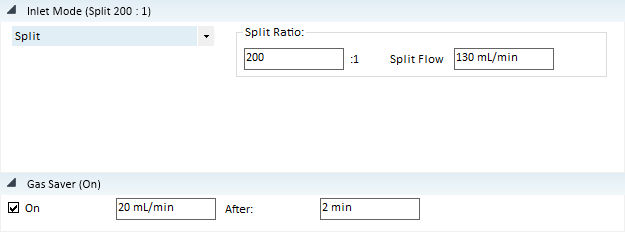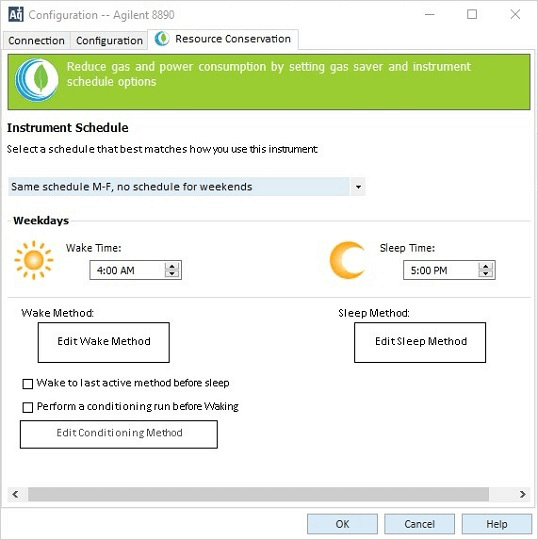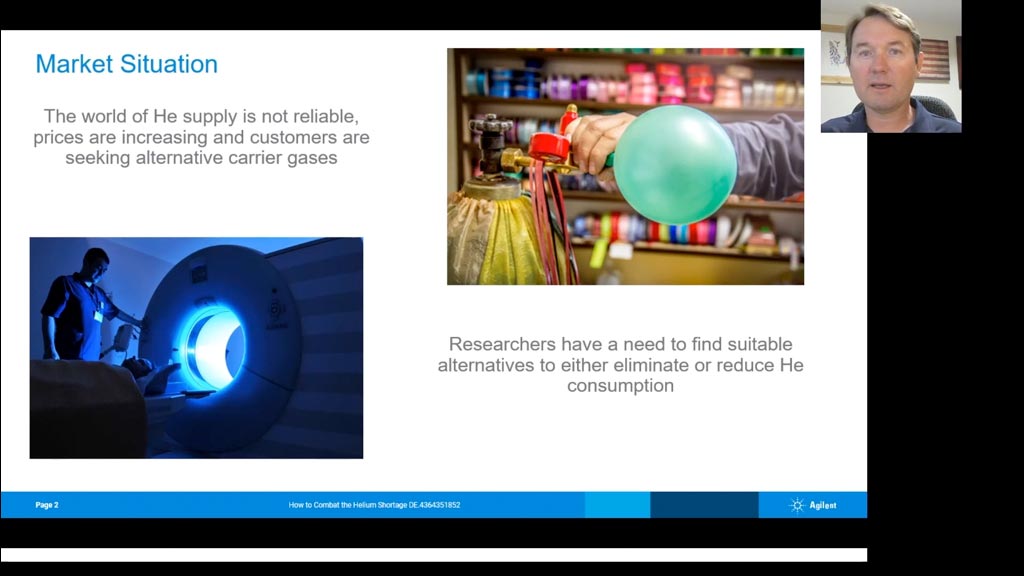Handle the Hassles of the Helium Shortage
Conserve helium

Conserve helium—use less carrier gas, save more money
If you can’t, or prefer not to, change your GC methods, then helium conservation is an easy approach.
Try these options:
- Take advantage of gas saver mode.
- Use the optional programmable helium conservation module for your Agilent 8890, 8860, 8850 or 7890B GC system.
- Prevent leaks by checking and maintaining your helium infrastructure.
Combining the helium conservation module with gas saver can greatly reduce helium consumption when:
- You are using split methods.
- You can’t change or revalidate your method.
- You need optimal GC/MS performance.
The Agilent Intuvo 9000 GC can also take advantage of gas saver mode. Plus, it allows for smaller column dimensions and faster cycle times, so it generally consumes less helium than a conventional GC.
To see how much helium your lab can save, use our helium conservation cost savings calculator.

Helium conservation module for 8890, 8860, and 8850 GC systems.


